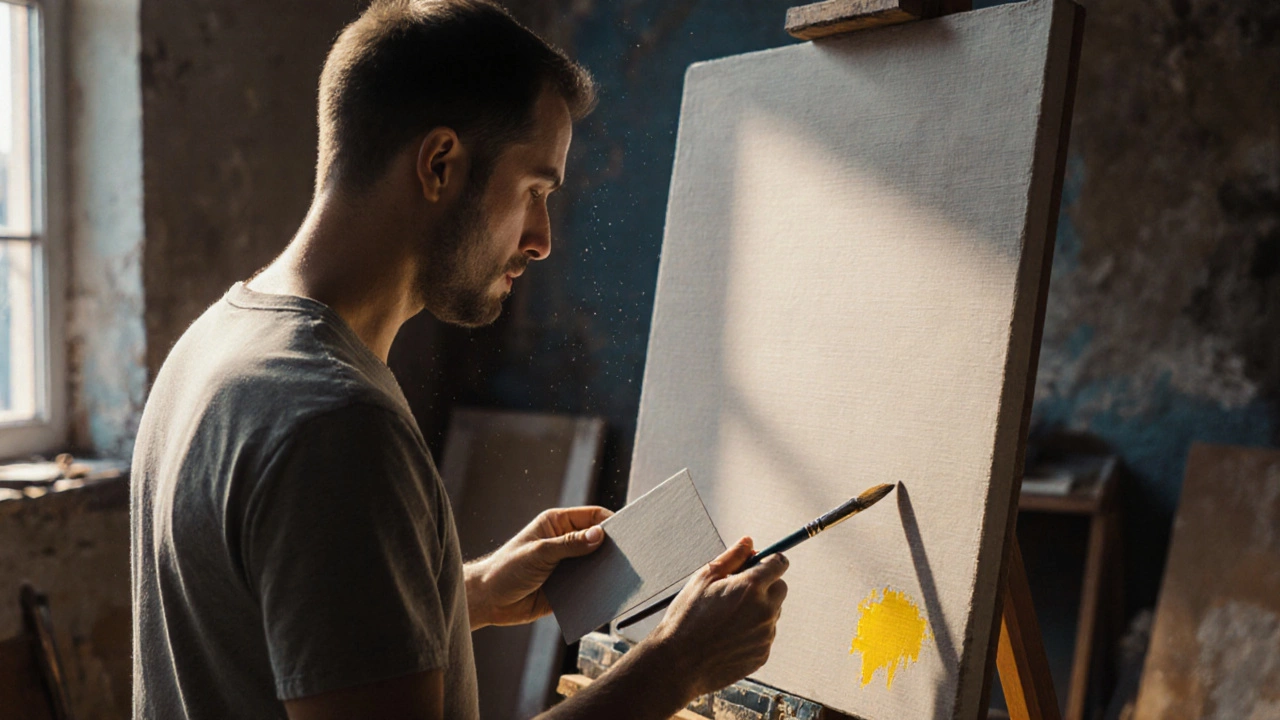Glazing in Art: Master Techniques, Materials & Tips
When working with Glazing, a method of applying thin, transparent layers of pigment or color over a dried surface to create depth, luminosity, and subtle color shifts. Also known as transparent layering, it is a key tool for painters and ceramicists alike, letting you build rich visual effects that single‑coat applications can’t achieve.
Why Artists Choose Glazing
Glazing enhances color depth, modifies surface texture, and protects the underlying work. In oil painting, the slow drying time of oil allows each glaze to meld with the previous layer, creating a luminous glow that mimics natural light. This technique glazing requires patience but rewards you with a finish that looks alive even after years. Artists often pair it with a special glaze medium, a clear or lightly tinted fluid that adjusts drying speed, transparency, and flow, giving fine control over each layer’s effect.
Beyond canvas, ceramic glazing, the process of coating fired clay with a glass‑like surface that adds color, shine, and durability follows similar principles. Here the glaze melts during a second firing, forming a permanent, glossy coat that both protects and decorates. Whether on pottery or a portrait, the core idea stays the same: a transparent overlay that changes the way light interacts with the material.
Key attributes of glazing include transparency, thinness, and the ability to shift hue when light passes through. Artists consider three main factors: the base color, the glaze’s own tint, and the medium’s refractive index. A cool blue glaze over a warm underpainting can produce a vibrant teal, while a warm amber glaze can soften harsh shadows. These subtle shifts are why many masters rely on glazing to achieve the 'inner glow' seen in classical works.
Practical tips help you start glazing confidently. First, let each layer dry completely before adding the next – this avoids muddy colors. Second, thin your paint with the appropriate medium; too thick and the glaze remains opaque, too thin and it may run. Third, use soft brushes or foam applicators for even coverage. Finally, test on a scrap piece to see how the glaze interacts with the underlying surface. Below you’ll find articles that walk through oil‑painting techniques, medium selection, and ceramic glaze recipes, giving you a full toolbox to experiment with glazing in your own projects.
